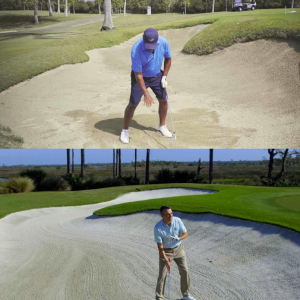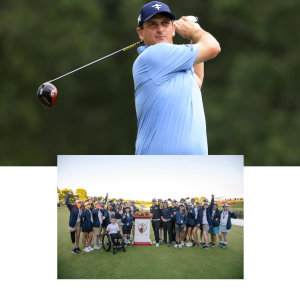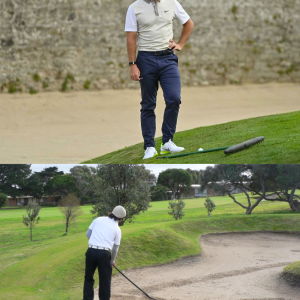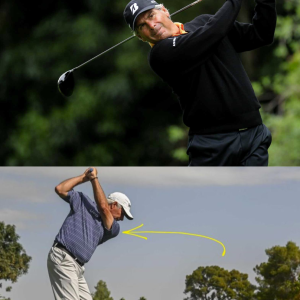When things aren’t going right on the course, it’s easy to place the blame squarely on the tools instead of the user. No one wants to be told they need a swing overhaul. Let’s sentence the clubs to a lifetime spent in the “timeout closet.”
But what if it really is the clubs? In other words, maybe you’re only a few gear tweaks away from getting that pesky 7-iron — yes, it’s a thing — back on track.
On the latest episode of GOLF’s Fully Equipped podcast, co-hosts Kris McCormack and Gene Parente offered tips to revitalize your clubs before cutting bait. In this particular instance, they placed the focus on the irons.
Suppose you’re unfamiliar with the design behind your current set of irons. In that case, it’s best to get a certified club fitter involved so they can analyze several metrics to determine how close or far off you are from a well-fit set of irons. Two metrics that deserve a closer look are carry distance and descent angle. The latter can ultimately determine if your ball has the necessary stopping power to land on the green and come to rest at your expected distance.

“You really need to know where you sit on the matrix from a clubhead speed and attack angle standpoint before you can even start to guess or get direction as to where you want to go from a launch and spin standpoint,” said Golf Laboratories founder Gene Parente. “Ultimately, it comes down to two factors. One is the distance you’re looking for, and the second is your descent angle. Descent is the apex coming down to the green. You want an angle around 45 to 50. That allows the ball to stop and hold. If you’re at 60 mph clubhead speed, you might want to be closer to 0 or -2 [attack angle] and have as much loft as possible to get that descent angle. If you’re at 100 mph, you need to be around -4 to -6. Descent angle and carry are critical.”
Assuming you’re somewhere close to the ideal descent angle but something still feels off, McCormack, True Spec Golf’s VP of Tour and Education, said you can focus on three areas for additional tweaks: loft, golf ball and shaft.
Loft
If you notice the carry distance gap between two irons is dangerously close or miles apart, bending the head strong or weak can get launch, spin and carry in a proper window. The bending process isn’t labor intensive or expensive — provided you know what you’re doing or have a club-fitter who can do the work. That’s the good news.
As McCormack noted, the bad news is you can ruin a club if you bend it too far. In some cases, that could mean snapping the neck of a good club or bending to the point that it negatively affects turf interaction and bounce.





